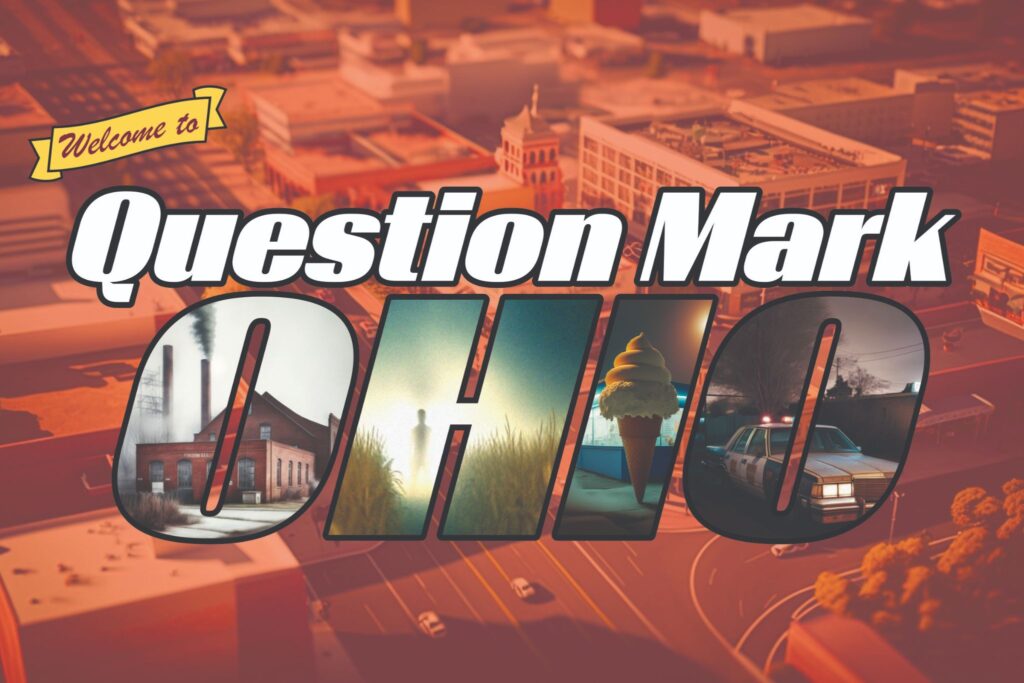
In an era where nearly every detail about every piece of music recorded in the last couple of decades is widely available, what does it mean when an entire band’s body of work turns elusive? That’s the question at the heart of Aug Stone‘s new novel The Ballad of Buttery Cake Ass, the story of the search for the history of a cult early-80s band — and the reasons why their music went unheralded in their day. I spoke with Stone about the making of the novel, creating lengthy discographies for fictional artists, and the challenges of writing convincingly about nonexistent musicians.







